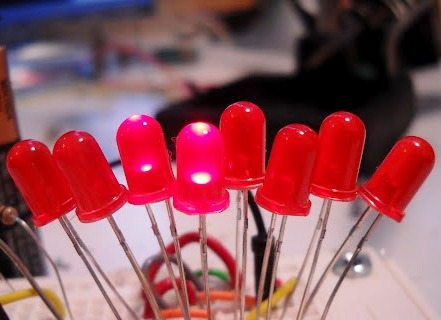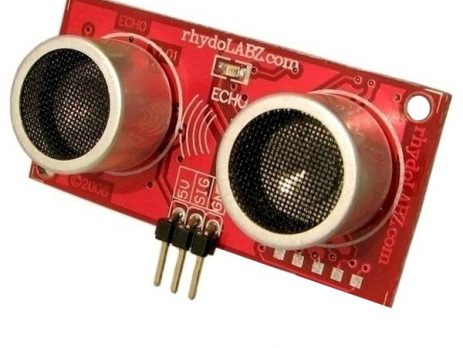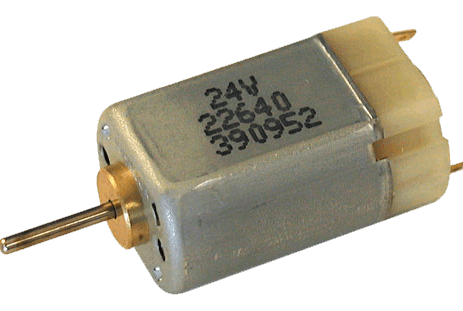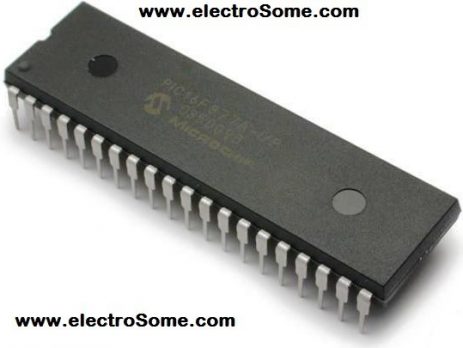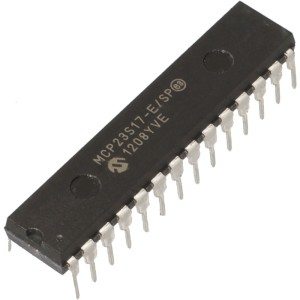PIC Microcontroller Tutorials, MikroC, Proteus Tutorials comes under this category. Starts from LED Blinking. IO Port Expansion Stepper Motor Servo Motor DC Motor Interfacing LCD Interfacing
Blinking LED using PIC Microcontroller with Hi-Tech C
A lot of you may heard about microcontrollers and its applications. Well it is a bit difficult to start learning microcontrollers. And the guides and tutorials also do not start from zero level which makes learning far more difficult than anticipated. I have tried to start from zero level in here also. All you need is the simplest knowledge of electronics or digital circuits. But you surely should have a decent knowledge of C language. The software for programming Microchip microcontrollers...


